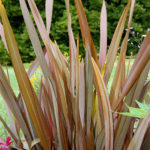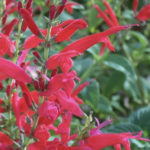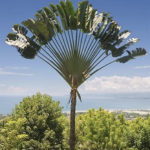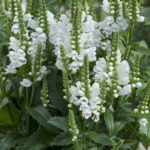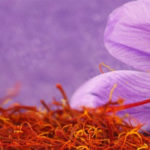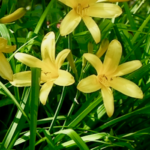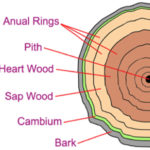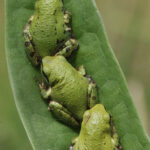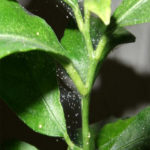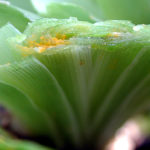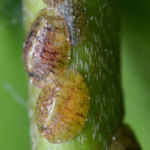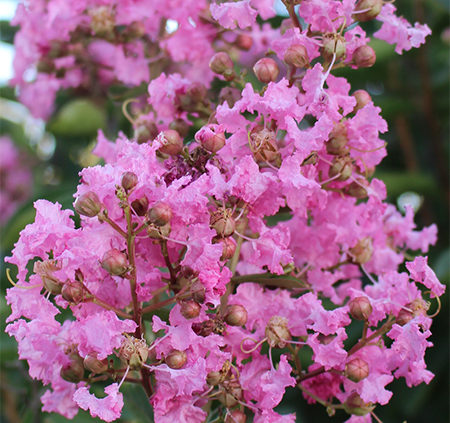
Crepe Myrtle Tree Care Guide
All That You Wanted to Know About Ever So Popular Crepe Myrtle Tree
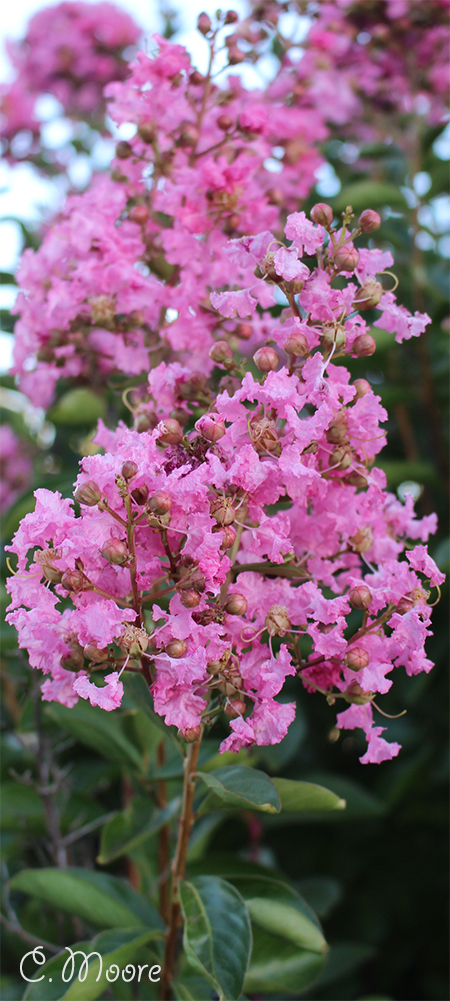 The Crepe Myrtle trees feature in plenty of gardens for its lovely flowers. They look very attractive in full bloom and many homeowners love to have at least one Crepe Myrtle Tree in their garden to add a new dimension to the garden landscape. They will give a different look to your garden the whole year round with its ability to produce attractive summer flowers and colourful autumn leaves. Their trunks also add beauty to any garden landscape.
The Crepe Myrtle trees feature in plenty of gardens for its lovely flowers. They look very attractive in full bloom and many homeowners love to have at least one Crepe Myrtle Tree in their garden to add a new dimension to the garden landscape. They will give a different look to your garden the whole year round with its ability to produce attractive summer flowers and colourful autumn leaves. Their trunks also add beauty to any garden landscape.
More About Crepe Myrtle Tree
The botanical name of this tree is Lagerstroemia. They are commonly seen in all areas of Australia including moist warm humid conditions of Northern Australia, India, and Southeast Asia. The Crepe Myrtle belongs to the Lythraceae family and will grow well in areas or regions where there are warmer climatic conditions. The genus of the Crepe Myrtle Tree is named after Magnus von Lagerstrom. They are popular and a favourite tree of many people seen planted all along the roadsides to give an ornamental look. These trees or shrubs are available in wide varieties. They are known for their long-lasting and colourful summer blooms. The stems of this tree are fluted and have blotchy branches. This mottled look is due to the shedding of the barks all through the year. The leaves of the tree are simple and opposite. They have margins and grow about 5 to 20 cm long. They reach a height of 30 metres in the end and are woody in nature. The flowers are the major attraction of the Crepe Myrtle tree. They bloom for long during the summer months and have a creepy texture. The colour of the flowers ranges from deep purple to red to white colours. You will see the Crepe Myrtle tree flowers to appear in all the shades that come between the purple to red and red to white colours.
Plants to Plant Under a Crepe Myrtle Tree
Instead of laying down mulch around the tree to stop the weeds, because of the upright structure with open branches and the bareness of the leaves during spring, it is easy to grow spring bulbs beneath these trees to give loads of colour during spring time. Keep plants in uniform height, suitable plants are ranunculus, snowflakes, bluebells, daffodils, dutch Iris and tulips. The flower colours look much better planted in a disorderly fashion in the back row with the shorter bulbs like crocus, grape hyacinths and rain lilies and hoop petticoat in either yellow or white planted in the front row. This will give a great presentation to a spring sun garden. While allowing different colours and textures that are pleasing to the eye.
Growing Crepe Myrtle Tree
These trees should be grown in sunny locations. They can adapt to all kinds of soil and do not need rich soil to grow. They will not tolerate soggy soils. The ideal growing conditions for Crepe Myrtle trees are well-draining soil and good sunlight. The new Crepe myrtle plants should be watered well till its roots get established. The roots are not invasive enough to cause problems. They don’t have surface roots if you water them deeply. I can dig at spades length around my Crepe Myrtle with ease. They are drought tolerant and do not need every day watering. If you find the blooms to appear less, then you can add some organic fertiliser to the soil. These trees can be grown from seeds and roots. They will also easily propagate by cuttings.
Care for Crepe Myrtle Trees
After the Crepe Myrtle tree has completed its first bloom and its flowers are shed, you will find seeds to appear. Their seeds are round shaped or capsule shaped. They will pull the limbs of the tree down due to its weight. Use sharp clippers to cut off the seeds and you can see new shoots with buds grow quickly. This will help in the second blooming. If you are going to prune the Crepe Myrtle tree, the Crepe Myrtle tree should be pruned during the early spring or the winter season, this will keep them low growing. The twigs, basal suckers, cross branches and the branches that are growing towards the centre needs to be cut off from the tree. Therefore side branches also need to be pruned and should not be allowed to grow more than 4 feet. The dwarf varieties need to be pruned all through the blooming season and the spent flower should be removed.


